Pruning can seem like a tedious task to the point where you might not know where to start. But if you take the time to follow these simple steps from our Purple Polos before you start trimming, your plants will be much happier and healthier!
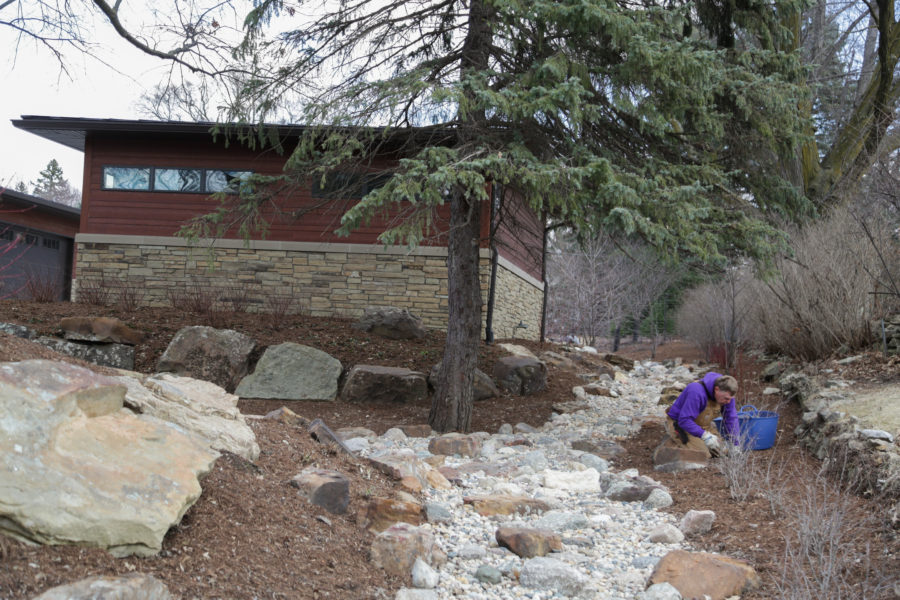
1. Identify What You are Pruning
Identify what kind of plant you are pruning. Is it a rose? Is it a yew? Or maybe it’s a witch hazel? Every plant is different and requires pruning at different times of the year. Knowing what you’re pruning will help you identify when to prune. For example, old climbing roses are best pruned after they bloom (late spring or early summer). Knowing the variety of a certain plant is even more helpful because some varieties should be pruned differently.
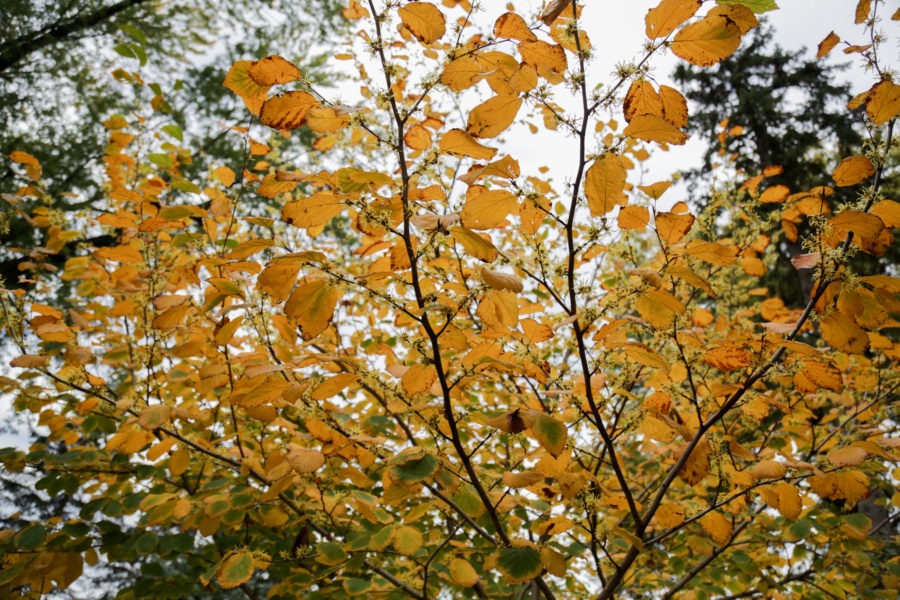
Take Hydrangea macrophylla and Hydrangea paniculata for example. Both in the hydrangea family but they require different pruning. Macropyhlla can be cut all the way back to the ground like a perennial. Paniculata has a more woody structure so crossing and rubbing branches should be pruned out. They can also be thinned to remove branches to improve airflow. But be cautious not to take out more than half the growth. Trees, shrubs, insects, and diseases are all dormant during the spring and winter months. For that reason, these seasons are the best time to prune. You will also be able to see the structure of a plant better without its leaves.
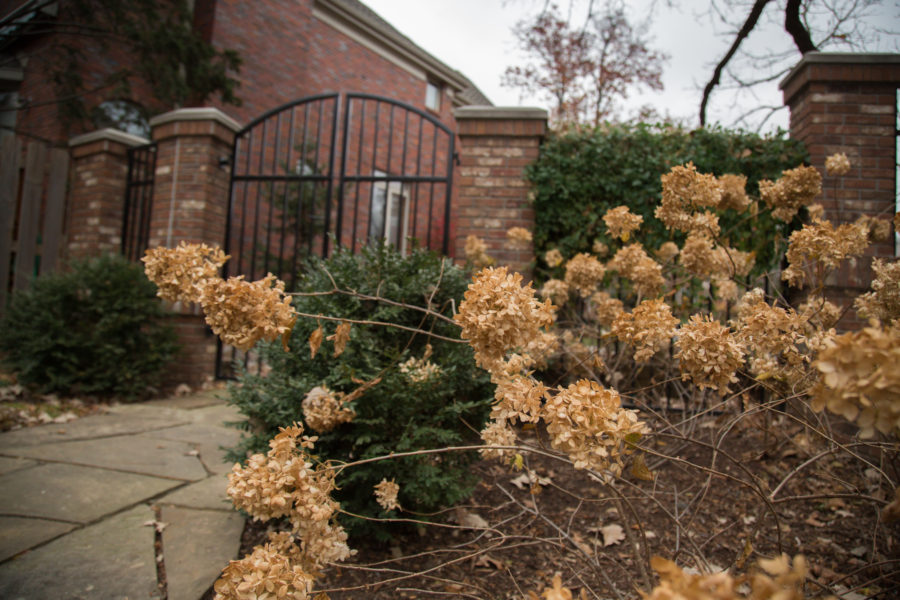
2. Ask Yourself Why You’re Pruning
It is important to decipher why you are pruning. Is it to lower a plant in front of a window? Rejuvenate the overall look of your landscape? Is it creeping into your neighbor’s yard? Or does it have a lot of dead or is it diseased? If so, make sure to read tip number 5. After you identify why, you’ll also need to evaluate the plant’s purpose. If you skip the next step, you may prune a plant that was never meant to be completely cut back.
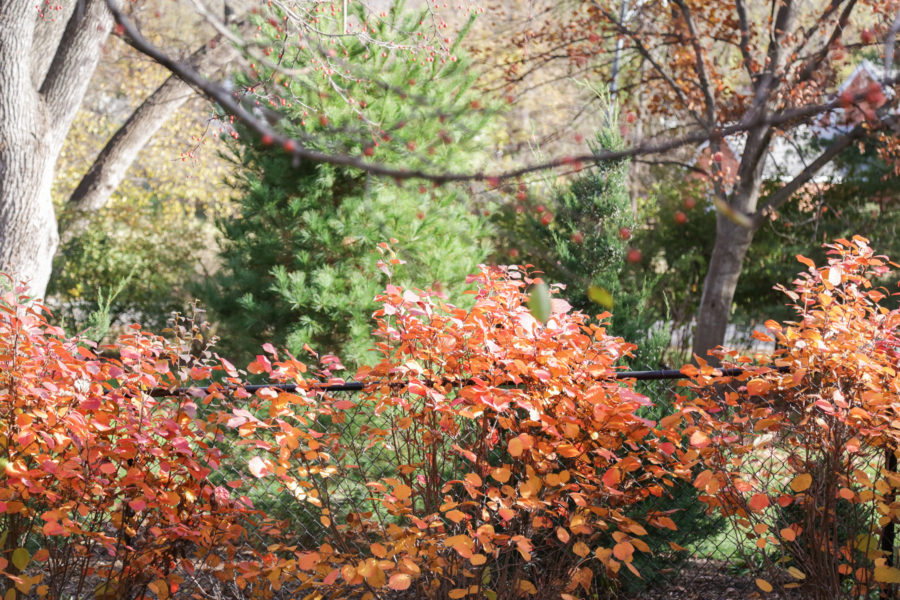
3. Know Each Plant’s Purpose
A plant’s purpose is probably one of the most overlooked parts of pruning. A plant could be a privacy block, focal point, or it may be part of a bigger plan for the future of your landscape. For example, if a plant is creeping into a neighbors yard, but is it a privacy block, minimal pruning should be done to ensure privacy. Another example is lowering a plant in front of a window. Maybe it’s the wrong plant for that place. Ask yourself will you have to prune every year? The best answer may be to replace it with a different smaller variety instead of pruning every single year to get it below the window.
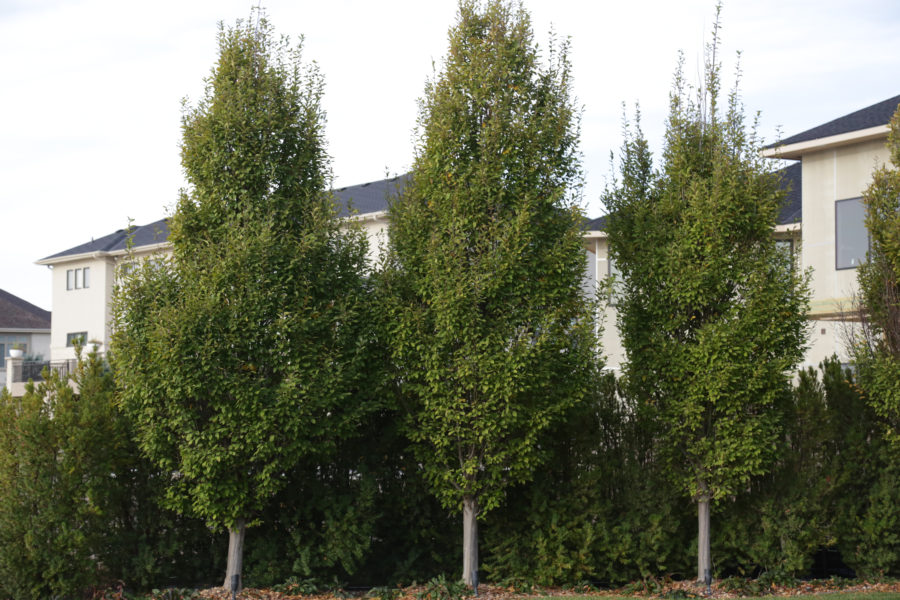
Privacy Block
4. Create a Pruning Plan
Making pruning cuts while a plant is young, shapes it for the future and can alleviate stress. It is also the least laborious. Imagine pruning a 4 ft tree compared to later pruning a 15 ft tree. Taking large 2-3inch branches out of an old tangled crab apple is stressful and the tree will sucker a lot if you do the whole pruning job. Make a 2-3 year pruning plan to take a little out each year until you have the desired look you want. Many shrubs will produce new growth after a harsh pruning. Pick the best new growth stems and prune out the rest.
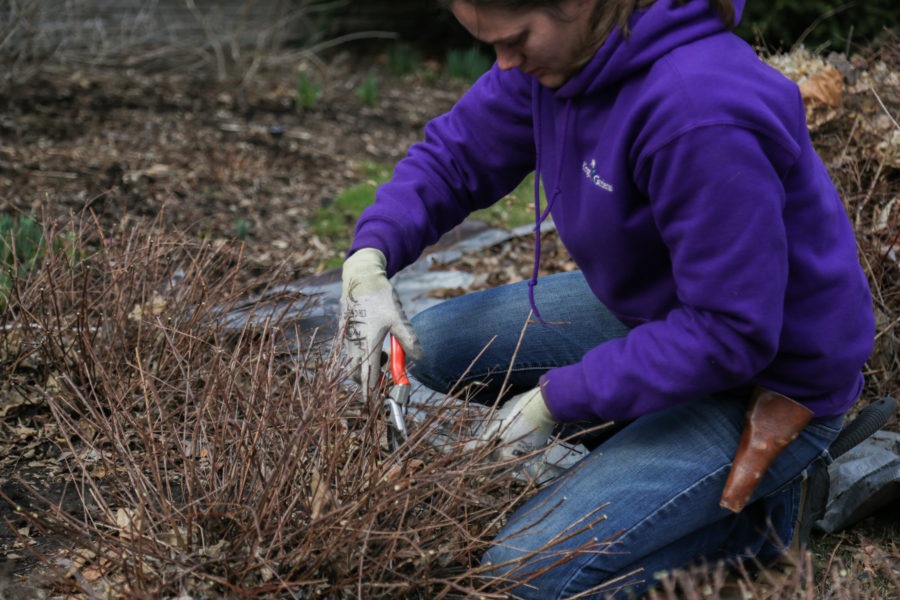
5. Use Clean, Sharp Tools
If you are pruning in late spring or summer you can easily spread disease by pruning a diseased shrub’s next door neighbor. It is absolutely necessary that you clean saws, loppers, and pruners with rubbing alcohol in between each plant. If you are trying to save a rose that is diseased with rose rosette, you will need to swab your pruners after every cut. Also, it is important to have sharp tools when pruning because it will be easier to make your cuts and your pruning job will look clean.
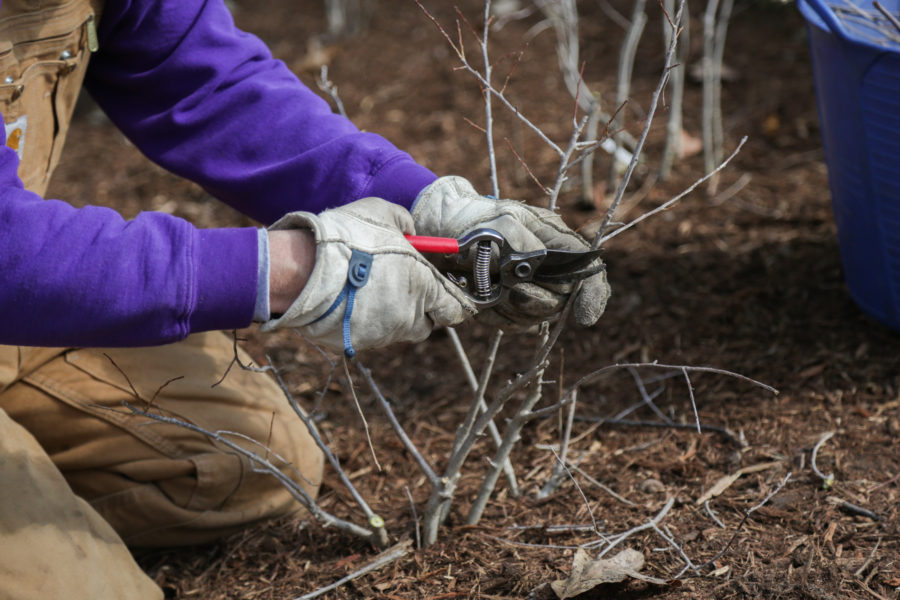
If you need help pruning in your landscape, give us a call at 402-457-6492. Our Purple Polo Pruning Pros have clean, sharp tools ready to prune in your garden!
Exciting! New plants in the garden! But wait....now what? How much water? When? Quick considerations before watering: Sun & Shade - Although most may say that shade gardens need less...
Spring fills us with wonder. Not in the ‘feeling of surprise mingled with admiration, caused by something beautiful’ kind of way. More along the lines of ‘what can I plant in my empty...